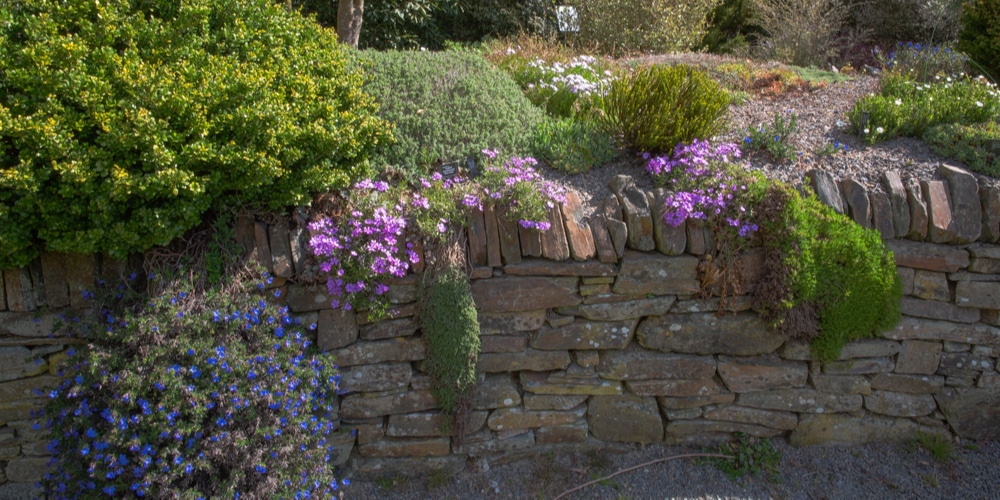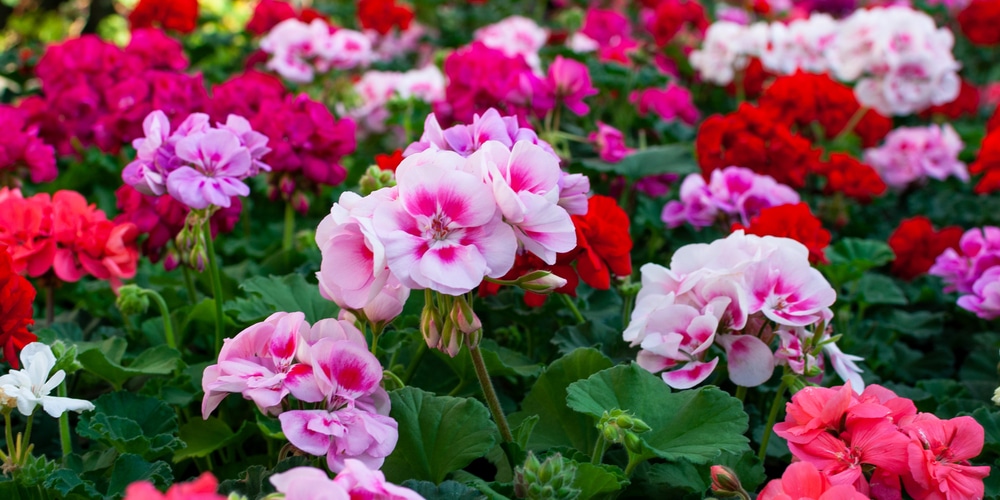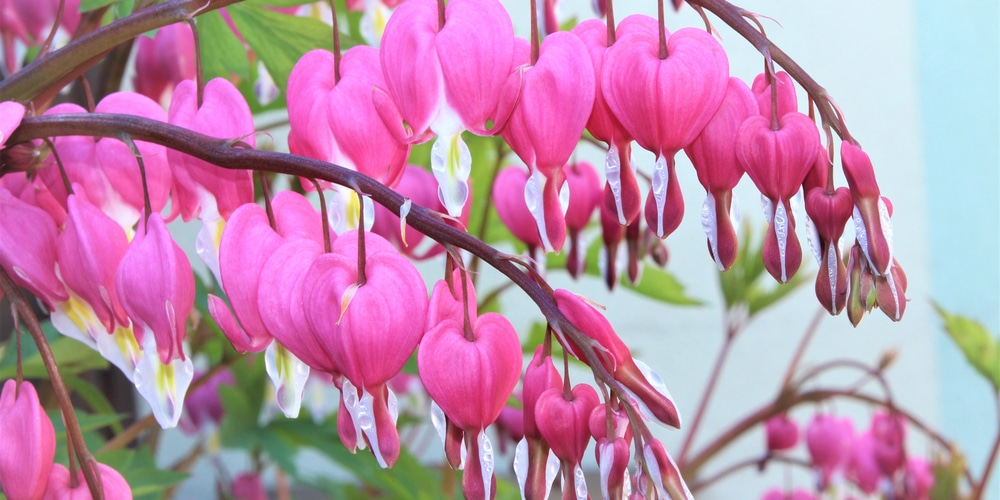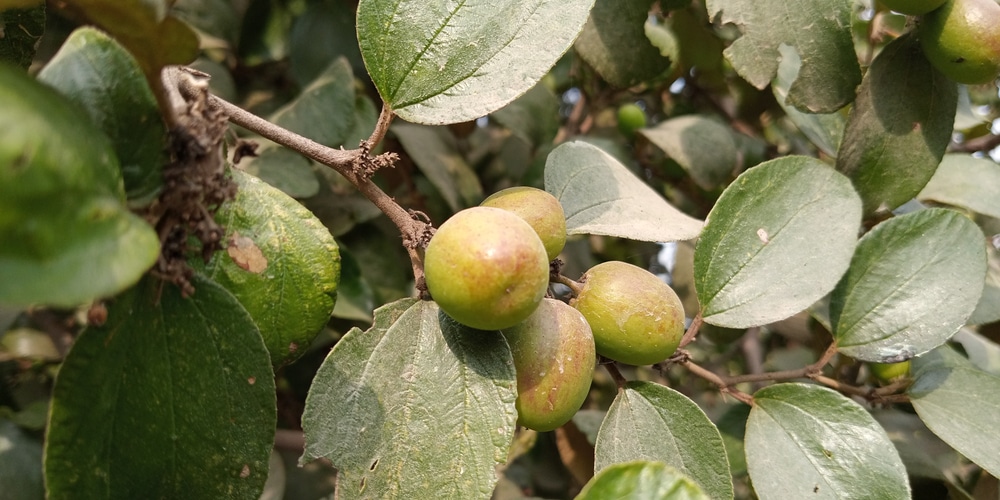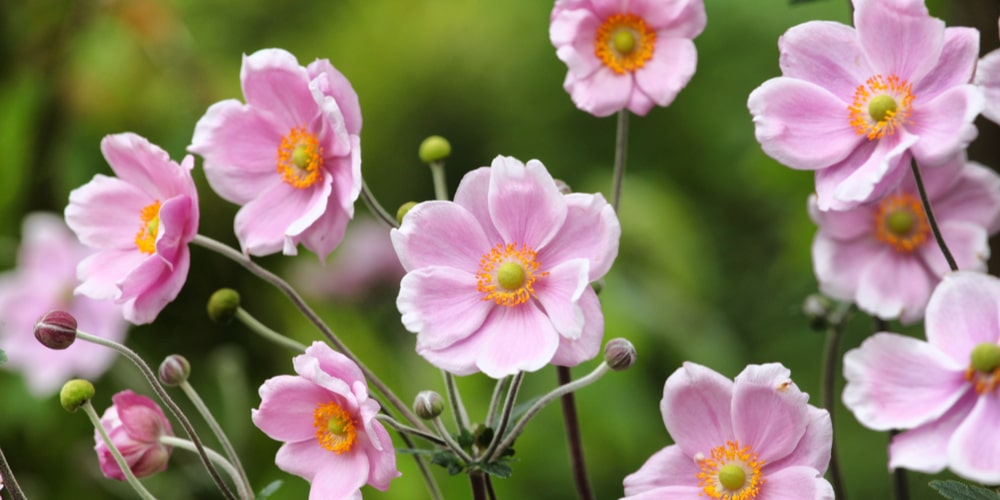If you know something about gardening, you should know that growing plants under shady conditions is a challenging enough task. And if that’s hard, imagine doing that in a dry area: the situation becomes even more complex! Of course, your choice of plants depends on your hardiness zone. But if you live in the Pacific Northwest, you have landed in the right place. Keep reading this “Dry Shade Plants Pacific Northwest” essential guide.
Here, you’ll be able to explore some of the options you should consider for your garden.
Dry Shade Plants in the Pacific Northwest
After all, plants need both moisture and sunlight to thrive. These elements are essential in the process of photosynthesis.
If you are dealing with such an environment in your garden, you shouldn’t despair. Indeed, you can find species of plants that will grow even under such conditions.
Epidemum
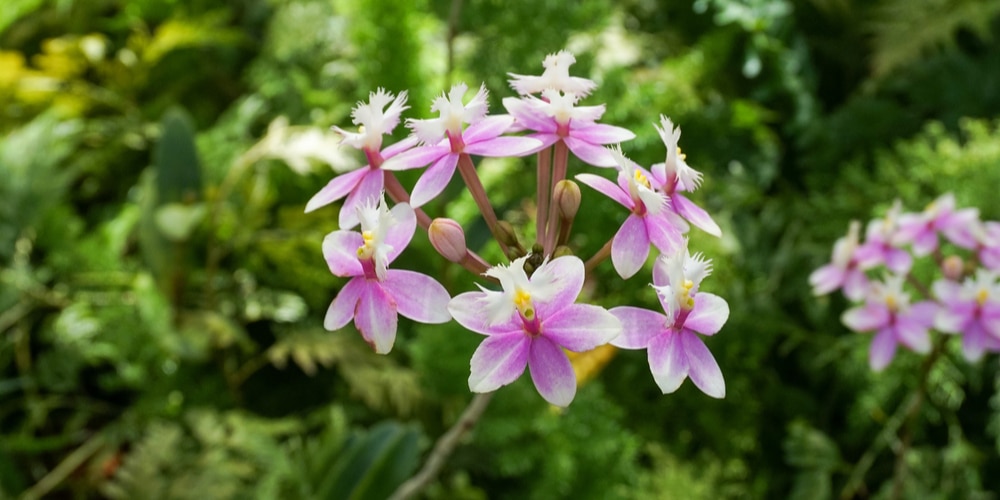
Epidemum plants are excellent groundcovers that tolerate shade and perform well in dry soil. You can find them in several varieties, including variegated ones, which can add an elegant touch to your outdoor space.
Depending on the species you choose for your garden, you might get white, red, pink, yellow, or orange flowers during the spring. You might have to amend the soil to lower its pH levels: your plant will thrive under slightly acidic conditions.
Also, don’t forget to loosen the substrate before planting: you can make the environment more welcoming by adding compost or manure around your plants.
Acaena Blue Haze
If you need to add some volume and texture to your garden and deal with dry and shady conditions, Acaena Blue haze might be an ideal choice for you. This plant is a low-growing mat with ferny leaves that produces greenish flowers in the summer.
While its blooms might not be showy, the plant can add an elegant touch to your shady parts of the yard. And the best part is that this Acaena variety will tolerate dry conditions better than other plants.
Also, these plants are not fussy about soil: they will thrive in most substrates and environments, including rock gardens.
Geraniums
Geraniums can make your garden more colorful and lively. And the best part is that they aren’t challenging to grow. Plus, they will do well under dry shade conditions.
Because there are many varieties, don’t forget to pick those that work well in your USDA hardiness zone. After all, not many will survive in the Pacific Northwest conditions.
If you live in an area where winters are harsh, consider keeping your plants indoors during the winter. Deadhead flowers during the spring to encourage blooming. Also, don’t forget to always allow the soil to dry before watering your plants: geraniums are susceptible to root rot.
Bleeding Heart
Bleeding hearts are gorgeous woodland plants that love the shade. Also, they tolerate dry conditions, making them an ideal option if you need to add some color to your garden.
Under optimal circumstances, you’ll be able to enjoy this plant’s beauty for several years: these perennials are hardy when they establish themselves in a location. To get the most out of them, don’t forget to increase the nutrient content in the soil.
Fertilize them during the growing season or add a thick layer of compost or manure around your plants. Another benefit of this plant is that it isn’t susceptible to pests or diseases: you won’t have to worry too much about your bleeding hearts if you know (and give them) what they need to thrive.
Indian Plum
Indian Plum is a deciduous native that produces blooms in late winter. If you are looking for something to make your garden more lively, this plant might be an excellent option.
This plant is tolerant to drought but needs periodic watering during its establishment. Consider feeding your Indian Plum with a fertilizer high in phosphorous to get more blooms during the spring and summer. Avoid overfeeding your plants: you’ll do more harm than good!
Anemone
You can find several anemone varieties. One of the best to grow in the shade and under dry conditions is the Lipsiensis hybrid. This plant produces pale yellow flowers that will make your garden more attractive.
Under optimal conditions, it spreads to form large colonies. And the best part about growing these plants is that you can enjoy their flowers for long periods. Consider deadheading the blooms to encourage flower production.
Related Article: Can You Grow Ginger in the Pacific Northwest?
